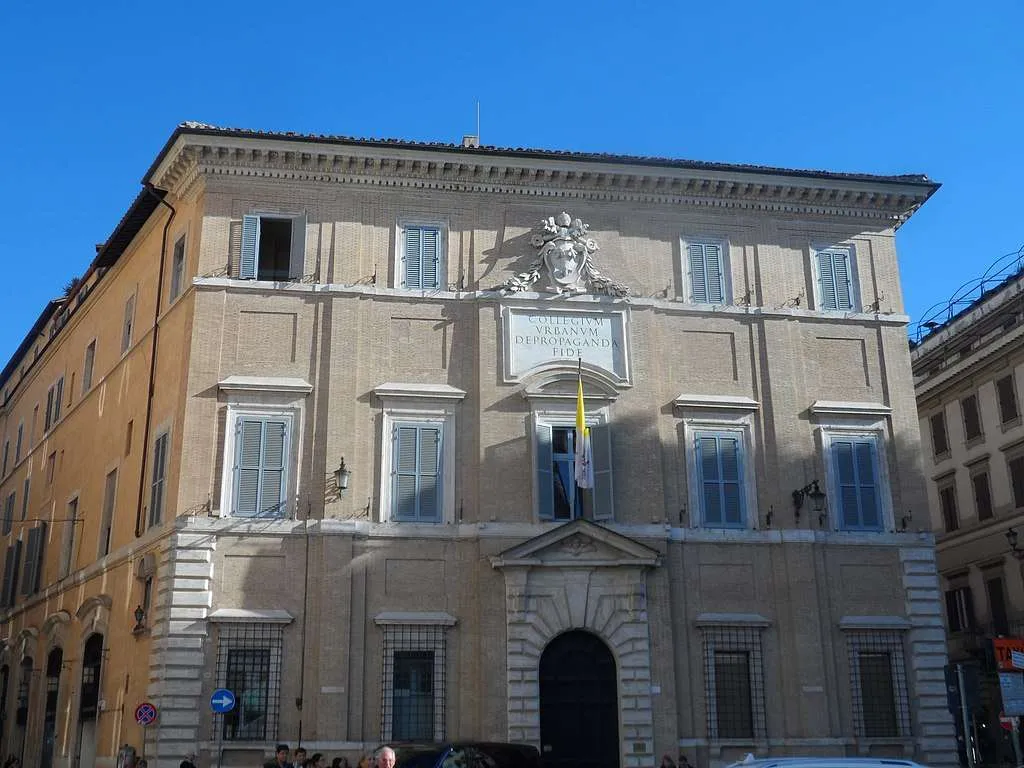Vatican City, 23 January, 2021 / 1:01 pm (ACI Africa).
Earlier this month the Congregation for the Evangelization of Peoples sent a letter to the bishops of some 1,100 Catholic territories and announced the gradual reduction of the financial support they regularly receive from the Vatican.
Since apostolic vicariates and prelatures are regarded by the Vatican as mission territories, they fall under the jurisdiction of the Congregation for the Evangelization of Peoples, and the vast majority of them are in the poorest parts of the world.
The Vatican has traditionally supported these jurisdictions via the “Universal Solidarity Fund” of the Pontifical Mission Societies. The main source of income of the fund comes from the collection of World Mission Sunday, celebrated every year on the second to last Sunday of October. The fund is independent from the Congregation for the Evangelization of Peoples.
But some bishops’ conferences in Latin America contacted by CNA claim that the local nuncios have announced a significant cut in the Vatican financial support and have requested local bishops from non-missionary territories to make up for the difference.
Speaking with CNA on Jan. 20, Archbishop Giampietro Dal Toso, adjunct secretary of the Congregation for the Evangelization of Peoples and president of the Pontifical Mission Societies, stressed that “the letter is in no way intended to cut the support we are giving to the diocesan missions. It instead aims at a better distribution of the money, following the criteria of stewardship.”
It means, he explained, that “if there are dioceses or bishops able to carry on with their resources, they could renounce to their share and give the opportunity to other, poorest dioceses to get more.”








